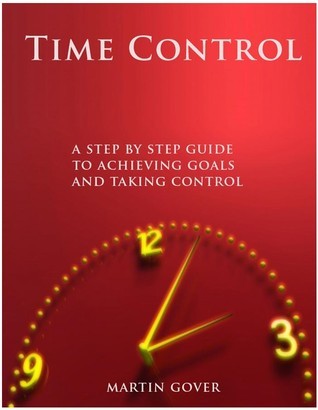
The Procrastination Equation: How to Stop Putting Things Off and Start Getting Stuff Done
Book Description
What if the only thing standing between you and your dreams was a relentless habit of putting them off? "The Procrastination Equation" unravels the complex web of procrastination, uncovering the hidden psychology behind delay and distraction. With a blend of cutting-edge research and practical strategies, Piers Steel reveals how to break free from the shackles of inaction and transform intentions into achievements. Each page ignites a spark of motivation, daring readers to confront their innermost barriers and reclaim their time. Will you choose to be the master of your fate or remain a prisoner of your own procrastination?
Quick Book Summary
"The Procrastination Equation" by Piers Steel provides a research-backed roadmap to understanding and overcoming procrastination. Drawing from psychology, neuroscience, and behavioral economics, Steel unpacks why people delay important tasks and how procrastination negatively impacts productivity and overall well-being. The book introduces a simple equation that encapsulates the competing forces driving or inhibiting motivation. Steel navigates the reader through the roots of procrastination—impulsiveness, low expectancy, task aversion, and time delay—and offers actionable techniques to combat each. By translating scientific findings into pragmatic strategies, Steel empowers readers to rewire their habits, enhance motivation, and achieve lasting improvements in work and life. This book bridges the gap between intention and action, providing crucial insights for anyone seeking to fulfill their potential.
Summary of Key Ideas
Table of Contents
Understanding the Nature and Causes of Procrastination
Procrastination stems from a complex interplay of psychological forces, not merely laziness or poor time management. Steel explores the historical and scientific context, asserting that procrastination is a universal human tendency with deep evolutionary roots. He identifies four key drivers: expectancy (confidence in success), value (reward of the task), impulsiveness (susceptibility to distractions), and delay (time until reward). When expectancy or value is low, or impulsiveness and delay are high, procrastination thrives. Understanding these dynamics sets the stage for targeted interventions.
The Motivation Equation and Its Components
At the heart of Steel’s framework is the procrastination equation: Motivation = (Expectancy × Value) / (Impulsiveness × Delay). This formula crystallizes how motivation operates and where it falters. People procrastinate more when the outcome feels uncertain, unrewarding, or far in the future, especially if they are highly impulsive. By dissecting each variable, Steel provides insight into why some individuals struggle more than others, and why environmental and emotional factors—such as mood or distractions—matter.
Harnessing Self-Control and Overcoming Impulsiveness
Much of the book addresses how to manipulate the equation’s variables to minimize procrastination. Steel details methods to bolster expectancy by setting realistic goals, increase a task’s value through re-framing or rewards, and make outcomes feel more immediate. Combating impulsiveness involves tactics like environmental design, temptation bundling, and self-imposed deadlines. The role of willpower and habits is highlighted as essential for resisting the lure of short-term gratification.
Practical Strategies for Reducing Delay and Increasing Productivity
Beyond analysis and theory, Steel offers a toolkit of actionable strategies tailored to different personalities and work styles. He suggests breaking tasks into smaller steps to reduce overwhelm, using commitment devices, boosting self-efficacy through small wins, and mindfully managing energy levels. Importantly, Steel emphasizes self-compassion and understanding one’s triggers, arguing that shame only deepens procrastination. Building structures that minimize distractions and maximize clarity helps reinforce productive rhythms.
Cultivating Lasting Change and Motivation
The book concludes by encouraging readers to view overcoming procrastination as a lifelong journey, not a single leap. Sustained progress comes from continually adjusting environments, building routines, and nurturing intrinsic motivation. Steel’s message is hopeful: with strategic changes and mindful awareness, it is possible to reshape habits and unlock one’s true potential, moving from intention to consistent, meaningful action.
Download This Summary
Get a free PDF of this summary instantly — no email required.





